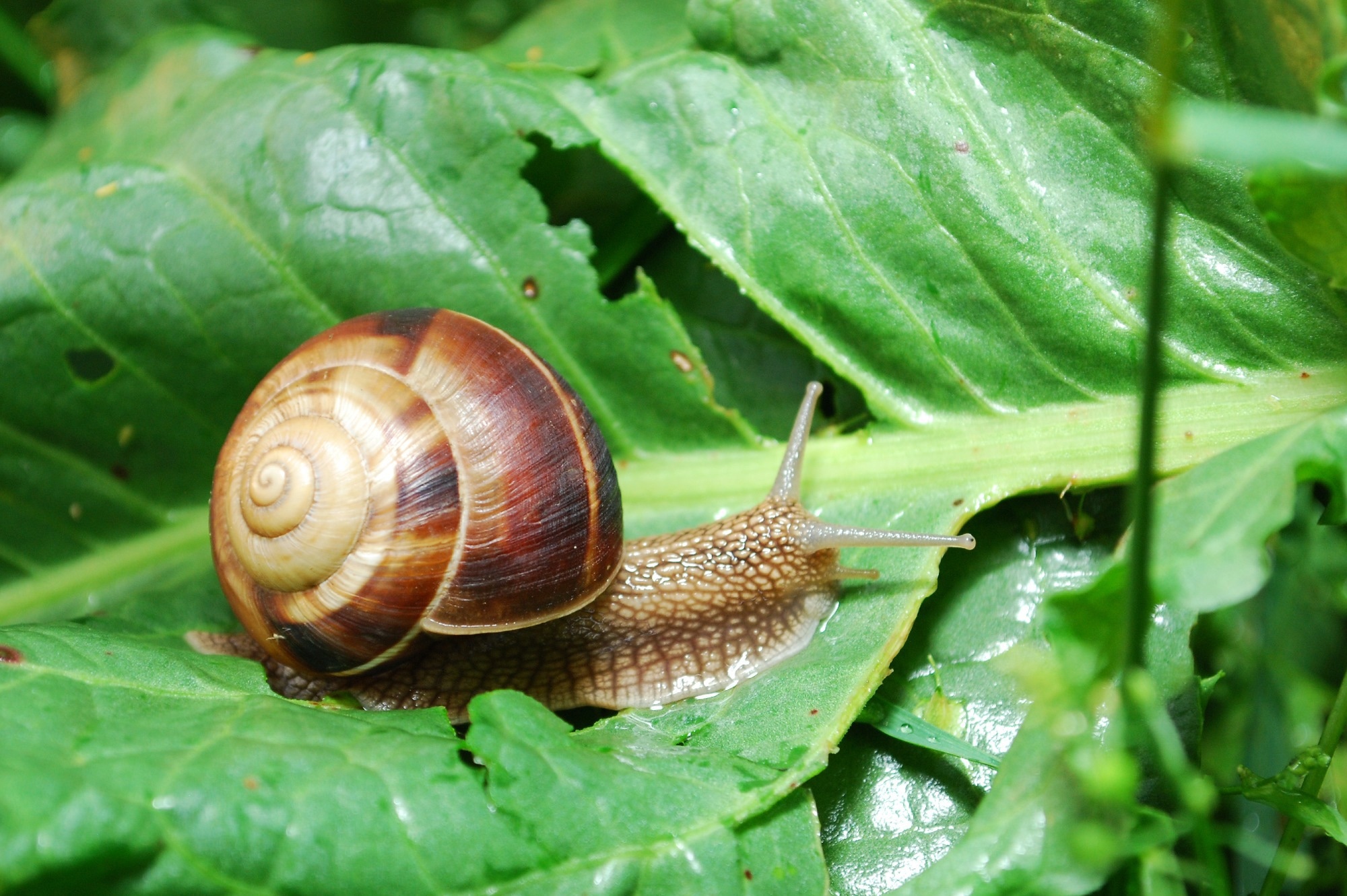In a recent study published in the Toxics journal, researchers explored the presence of toxic and possibly toxic minerals in edible land snails.
 Study: Toxic and Potentially Toxic Mineral Elements of Edible Gastropods Land Snails (Mediterranean Escargot). Image Credit: IvanMarjanovic/Shutterstock.com
Study: Toxic and Potentially Toxic Mineral Elements of Edible Gastropods Land Snails (Mediterranean Escargot). Image Credit: IvanMarjanovic/Shutterstock.com
Background
Snails that are safe to eat can serve as sentinel species, as they accumulate trace elements in their tissues. This makes them useful for assessing environmental pollution and the well-being of land-dwelling organisms. Land snails are highly vulnerable to the bioaccumulation of toxic elements due to the high levels of toxic minerals in the environment.
This can have negative impacts on the mineral content of the snails and potentially harm those who consume them. It is important to understand the nutritional value and potential toxicity of this matrix due to its frequent consumption.
About the study
In the present study, researchers analyzed the 28 mineral elements present in the edible part as well as the shell of edible Gastropod land snails.
Edible snail samples were obtained from various local markets located in Palermo and Messina in Southern Italy's Palermo region. Identification of specimens was performed solely based on their morphological characteristics.
Three species of snails were identified in the samples: Helix aperta, Theba pisana, and Cernuella virgata. The analysis included 12 samples, consisting of two T. pisana, nebivolol nitric oxide donor eight H. aperta, and two C. virgata specimens.
Samples underwent acid digestion as a pretreatment step to determine mineral element content. The elements silver (Ag), aluminum (Al), arsenic (As), boron (B), barium (Ba), beryllium (Be), bismuth (Bi), cadmium (Cd), cobalt (Co), chromium (Cr), copper (Cu), iron (Fe), potassium (K), lithium (Li), sodium (Na), magnesium (Mg), manganese (Mn), molybdenum (Mo), nickel (Ni), lead (Pb), antimony (Sb), selenium (Se), strontium (Sr), titanium (Ti), thallium (Tl), vanadium (V), and zinc (Zn) were analyzed using an inductively coupled plasma-mass spectrometer (ICP-MS).
The mercury (Hg) content of the snail specimens was determined using a direct mercury analyzer (DMA-80).
Results
The study analyzed 28 mineral elements in the edible part and shell of edible land snails from Southern Italy using DMA-80 and ICP-MS analysis. The aluminum content in the shell samples ranged from 2.45 to 2379.78 mg/kg, while in the edible parts, it ranged from 0.01 to 0.83 mg/kg.
The arsenic levels were comparable in both types of samples. The element content in the edible parts ranged from 0.01 to 0.08 mg/kg, while in shells it ranged from 0.01 to 0.21 mg/kg. Boron was found in five out of 12 shell samples, with levels ranging from 0.10 to 0.86. However, the boron levels in all edible parts were below the quantification limit.
The samples showed varying concentrations of barium. The range of mercury levels in shells was from 0.18 to 28.51 mg/kg, while in edible parts, it was from 0.18 to 2.61 mg/kg. Beryllium was found in a small amount, from 0.01 to 0.07 mg/kg, in three shell samples. The concentrations of Be in the remaining samples were found to be below the limit of quantification (LOQ).
Bismuth levels were consistent across different sample types. Gastropods displayed Bi levels of 0.004 mg/kg in their edible part, while the shells had values below the LOQ. Cadmium was detected in trace amounts. The concentration of Cd in the edible part ranged between 0.003 and 0.03 mg/kg, with one sample showing a below LOQ level. Only three shell samples contained Cd.
The edible parts of the sample had higher levels of copper and iron compared to the shells. Cu levels ranged from 22.11 to 48.20 mg/kg in the edible parts and 0.07 to 3.12 mg/kg in the shells. Iron levels ranged from 253.91 to 349.73 mg/kg in the edible parts and 2.18-508.25 mg/kg in the shells.
Mercury levels were measured in the edible parts of the samples, ranging from 0.003 to 0.02 mg/kg. The edible parts contained a concentration range of 783.82 to 908.44 mg/kg of potassium (K). The K levels of the shells ranged from 12.37 to 1483.05 mg/kg and were significant. The lithium content was generally comparable in both sample types, with a few exceptions.
The edible parts had a higher level of magnesium (Mg) compared to the shells. The concentration range of the former was 352.19–408.33 mg/kg, and the latter was 80.73–410.49 mg/kg.
Ba, Cu, K, Mn, Se, Sr, and Zn showed the most significant variations in relation to the edible part. Cernuella virgata and Theba pisana showed higher levels of barium compared to Helix aperta.
Copper, manganese, and zinc showed different trends between Helix aperta and Theba pisana, and Cernuella virgata. Cernuella virgata exhibited higher levels of potassium and selenium compared to the other two species.
Conclusion
The study findings showed that various factors, including snail food sources, behavior, and abiotic factors impact the relationship between habitat and element uptake. However, all toxic elements found fell within safety levels, and the snails were found to be a good source of macronutrients.
Regular monitoring and further research are necessary to reduce potential health risks to humans due to environmental contamination and the presence of toxic elements in edible snails.
Tardugno, R. et al. (2023) "Toxic and Potentially Toxic Mineral Elements of Edible Gastropods Land Snails (Mediterranean Escargot)", Toxics, 11(4), p. 317. doi: 10.3390/toxics11040317. https://www.mdpi.com/2305-6304/11/4/317
Posted in: Medical Science News | Medical Research News | Miscellaneous News
Tags: Arsenic, Bismuth, Chromium, Contamination, Copper, Digestion, Food, Helix, Lithium, Magnesium, Manganese, Minerals, Pollution, Potassium, Research, Selenium, Spectrometer, Zinc

Written by
Bhavana Kunkalikar
Bhavana Kunkalikar is a medical writer based in Goa, India. Her academic background is in Pharmaceutical sciences and she holds a Bachelor's degree in Pharmacy. Her educational background allowed her to foster an interest in anatomical and physiological sciences. Her college project work based on ‘The manifestations and causes of sickle cell anemia’ formed the stepping stone to a life-long fascination with human pathophysiology.
Source: Read Full Article
